Hi, I’m Michele Nucera, Senior Concept Artist. I’ve been looking forward to showing you the hard work that our art team has done to bring life into our game. We’re using a relatively new technique in concept art to help us. Normally all the screenshots you see are fully finished levels with lighting and details in-game. But today I’ll be showing some of the earlier versions that we use to visualise what that final product will look like.
The first thing we keep in mind is the Bloodline 2 art direction. We want to create a foggy, dark, and neo-noir environment where the player can hide and attack from the shadows. The perfect setting for a vampire!

Paintover, View of Seattle – Art: Jordan Grimmer
Our goal is to provide the 3D team with a few images to show them our idea for a location or a character. We try to keep our concepts grounded to the real world, but we try to push reality up to 11 (as our Art Director John McCormack always suggests) so the player can experience something unexpected and never seen before.
Bloodlines 2 was the perfect game to push our skills in Unreal to the next step. We had a huge asset library available in this game, including props, characters, and materials. The most logical step forward was to use Unreal to create our concepts rather than creating everything from scratch.
The fog system and the lighting in Unreal are much closer to reality than other real time engines, especially with the recent update to UE5. So this was the perfect tool to visualise our version of Seattle. We have built these underground scenes in Unreal 5, using a fog volume and lights with volumetric options active. Once the composition is approved we then rendered them and quickly painted over in Photoshop.


Paintover, Underground area – Art: Jordan Grimmer
As always when designing, we start from the big shapes first and then place some provisional lighting and fog. Traditional concept art generally captures the world from one perspective and you have to start from scratch if you’re painting something from another angle. Choosing a good camera angle early on is important and we usually set up a few cameras so our art director can choose what shot works better for him and then we are good to go with the final touches.
Once the first pass gets approved, we then move onto detailing our scene and this is the most fun part. This stage feels like playing a real-life simulator game where you can create little dioramas and add storytelling to the scene. If needed, we create additional assets with Blender and then import them in Unreal Engine. For example, in this bathroom piece we have modelled the toilet and bath using Blender and then imported the assets in Unreal where you can easily assign materials to them.
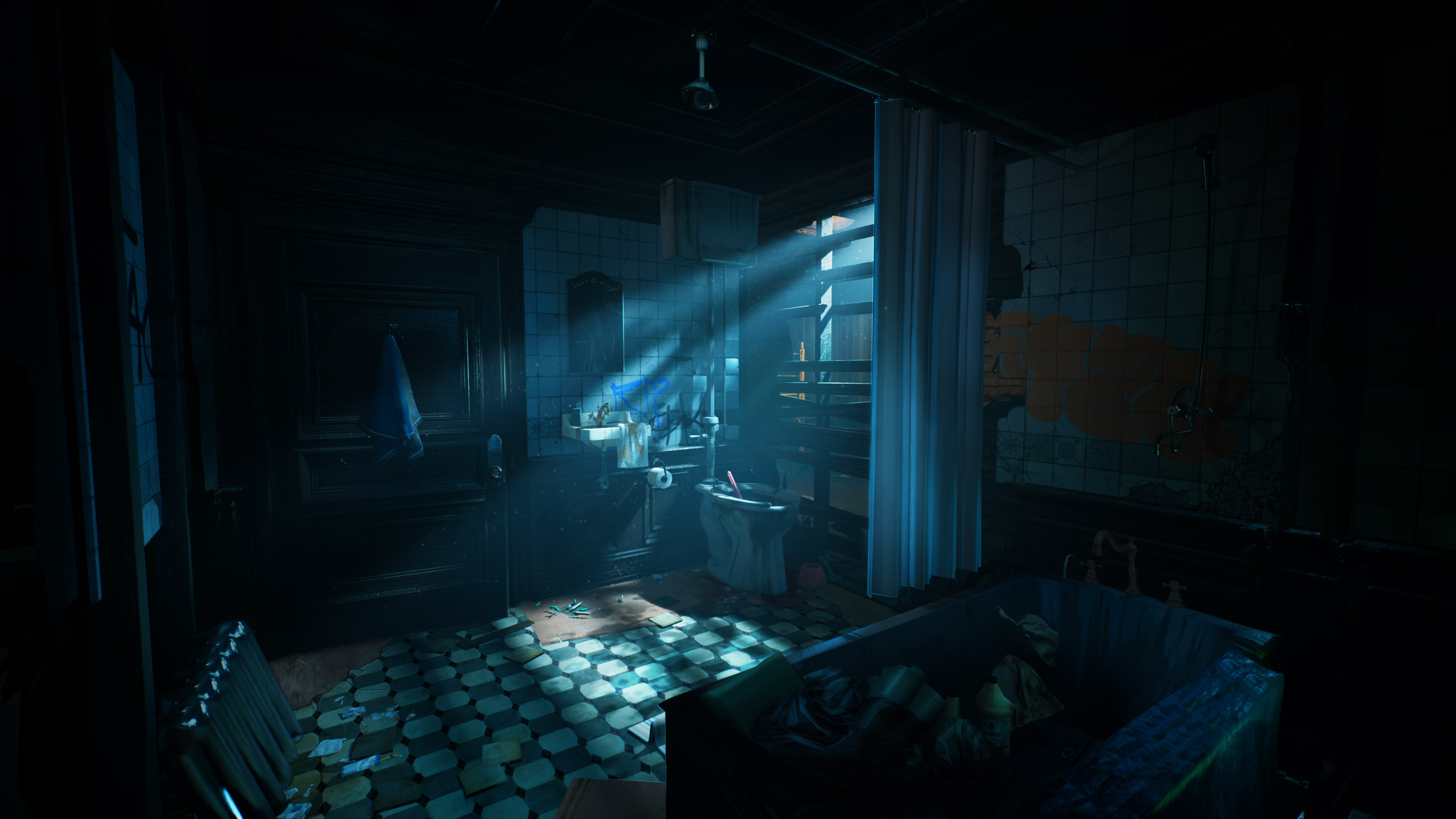
Paintover, Abandoned Building Bathroom – Art: Isobel Hine
Finally, we render our scene using the high-resolution screenshot tool in Unreal, import the render passes in Photoshop, compose the scene and paint over it adding more details and pushing the mood even further.
We are also lucky that we can easily import 3D characters and plug specific animation loops onto them so our environment will instantly come to life! Here we have used our 3D model of a Hunter done by Kjartan Tysdal, Senior 3D Character Artist, to populate the scenes and add storytelling elements.
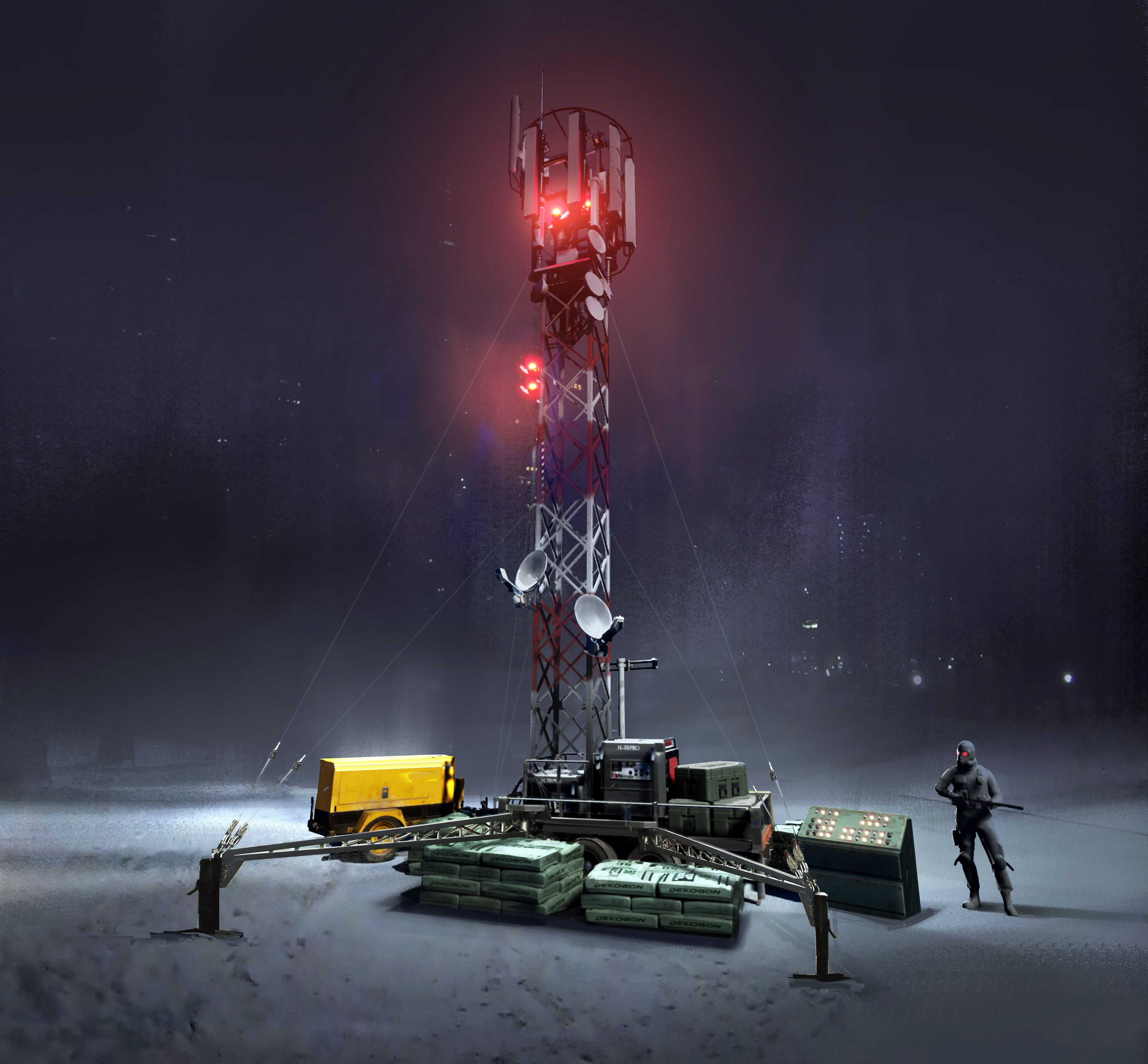
Paintover, Radio Tower Callout – Art: Jordan Grimmer
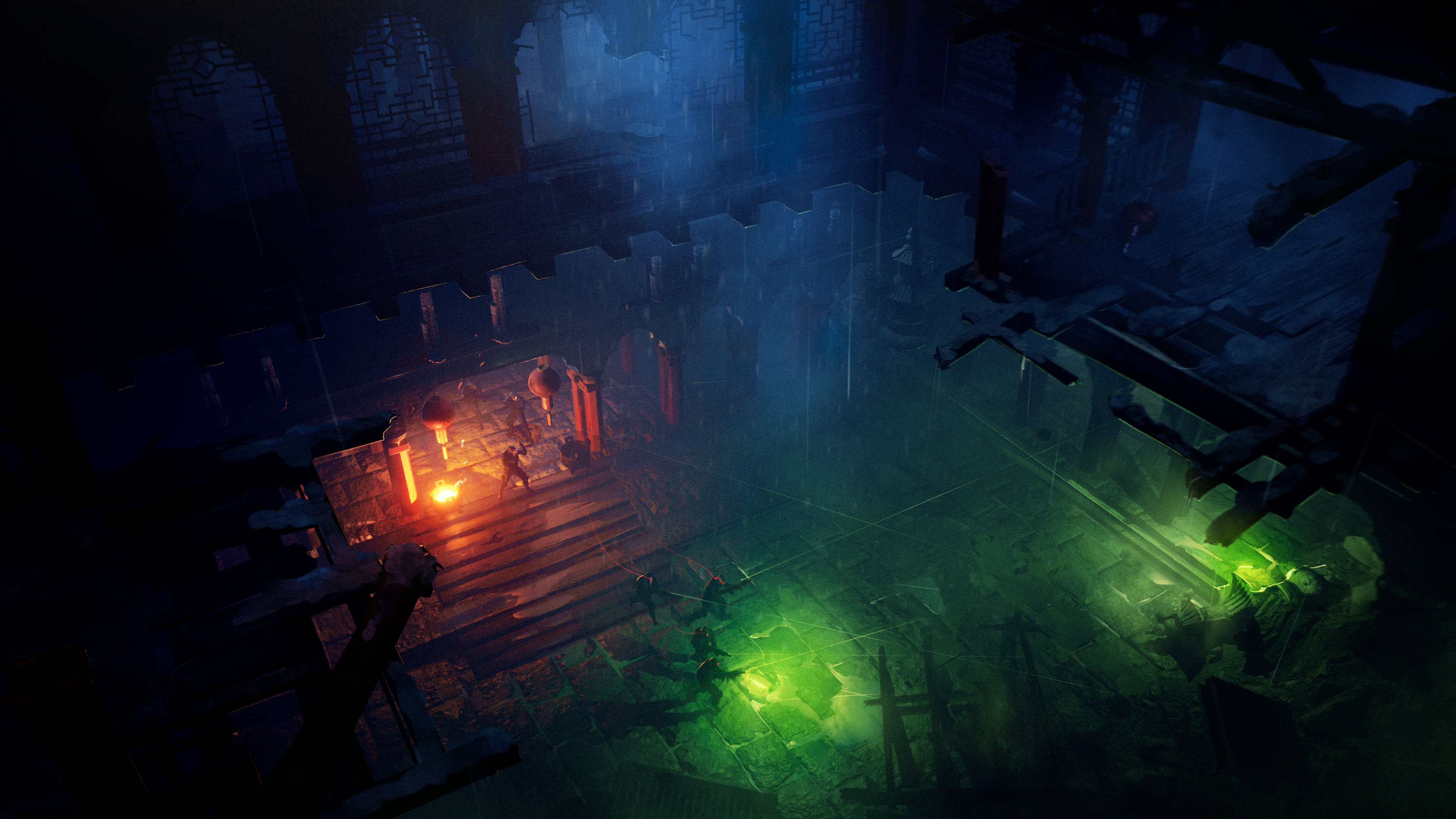
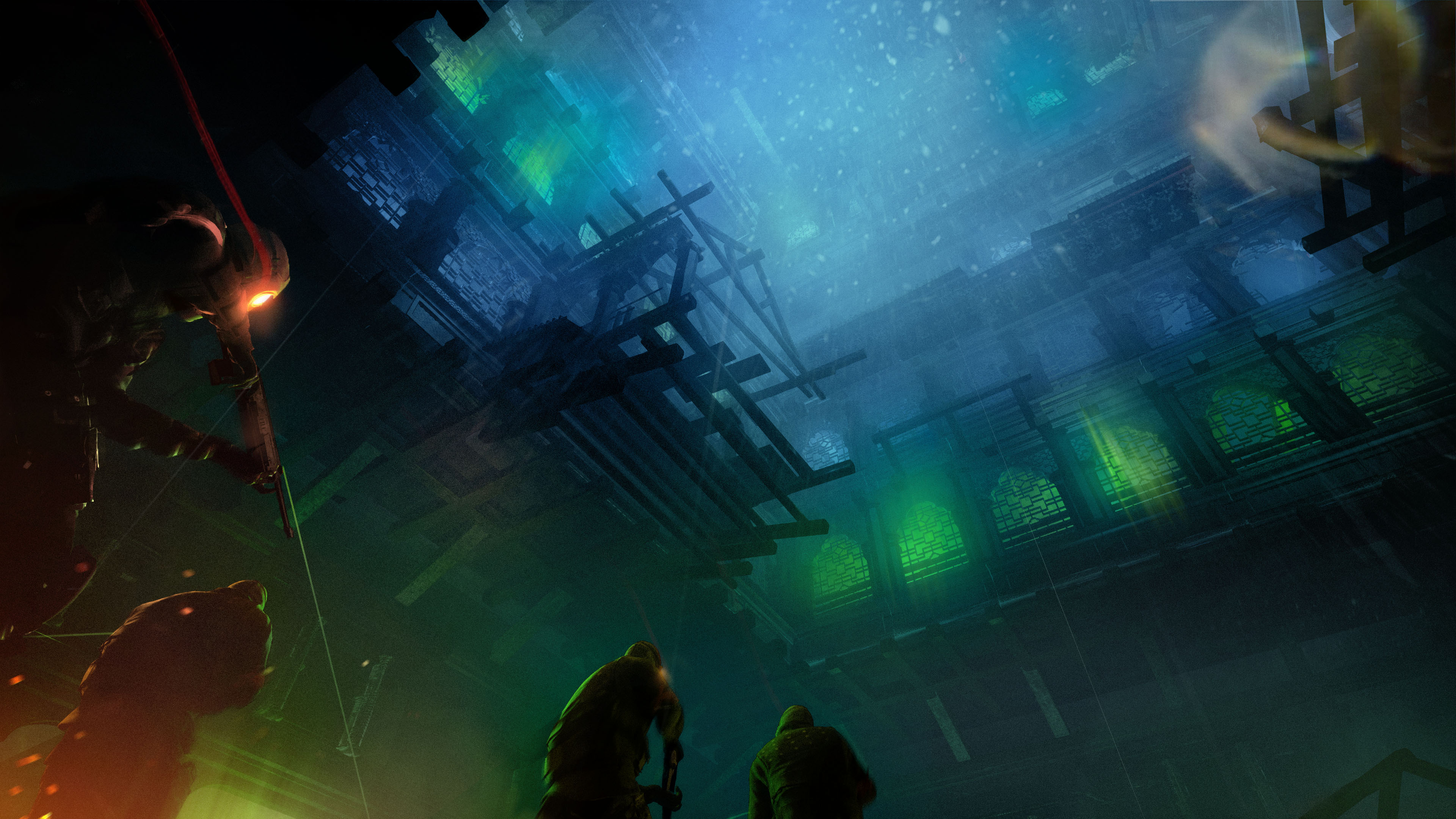
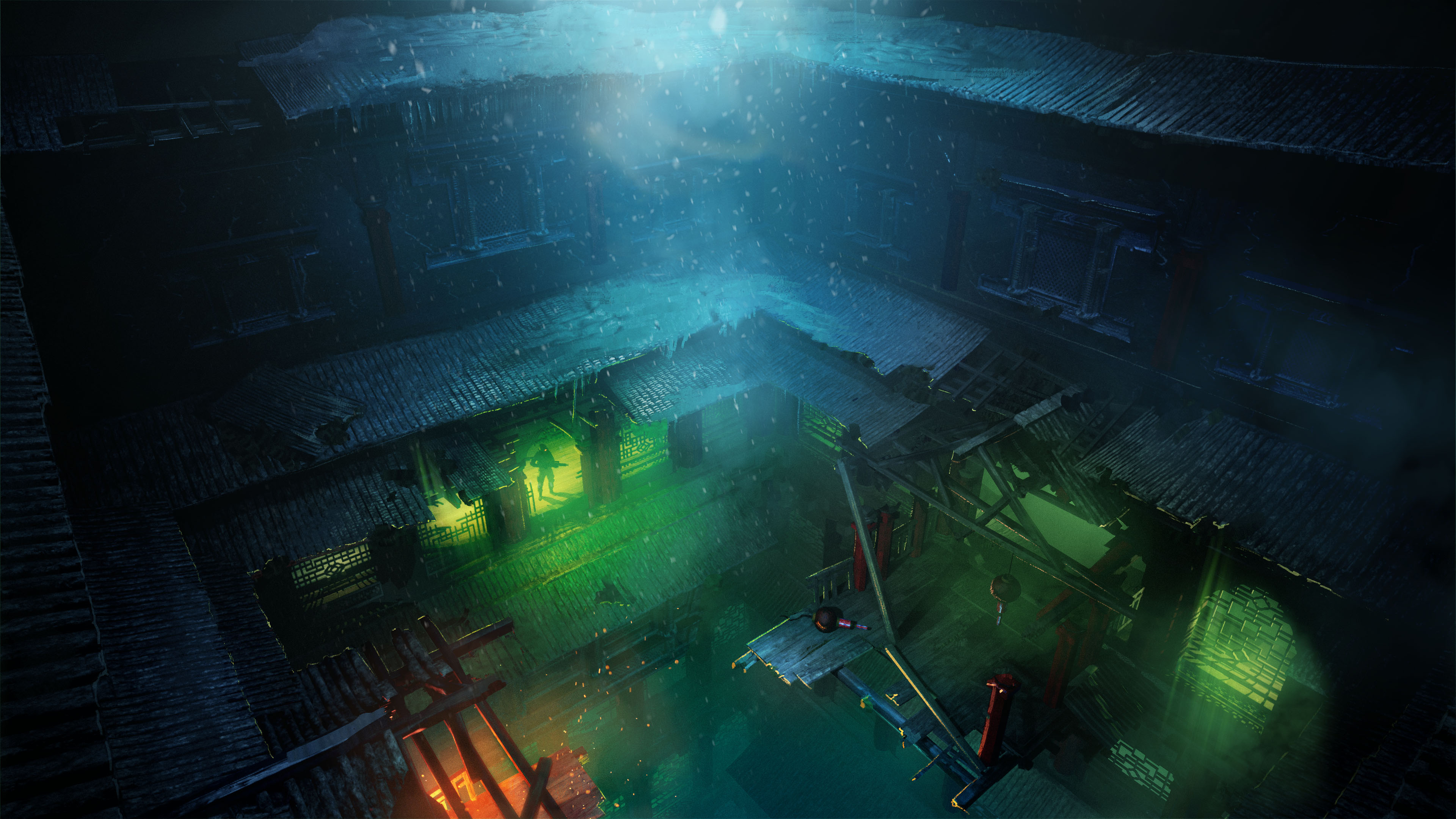
Paintover, Hunters Entering an Underground Area – Art: Michele Nucera
The below concept shows the police looking for you in an abandoned building. To showcase this, we have built a few rooms and a corridor using our assets in Unreal Engine and then rendered a few shots to follow the story of this policeman looking for you. Since the scene was done in Unreal, the Art Director could easily navigate the space and experience the flow and mood of it.

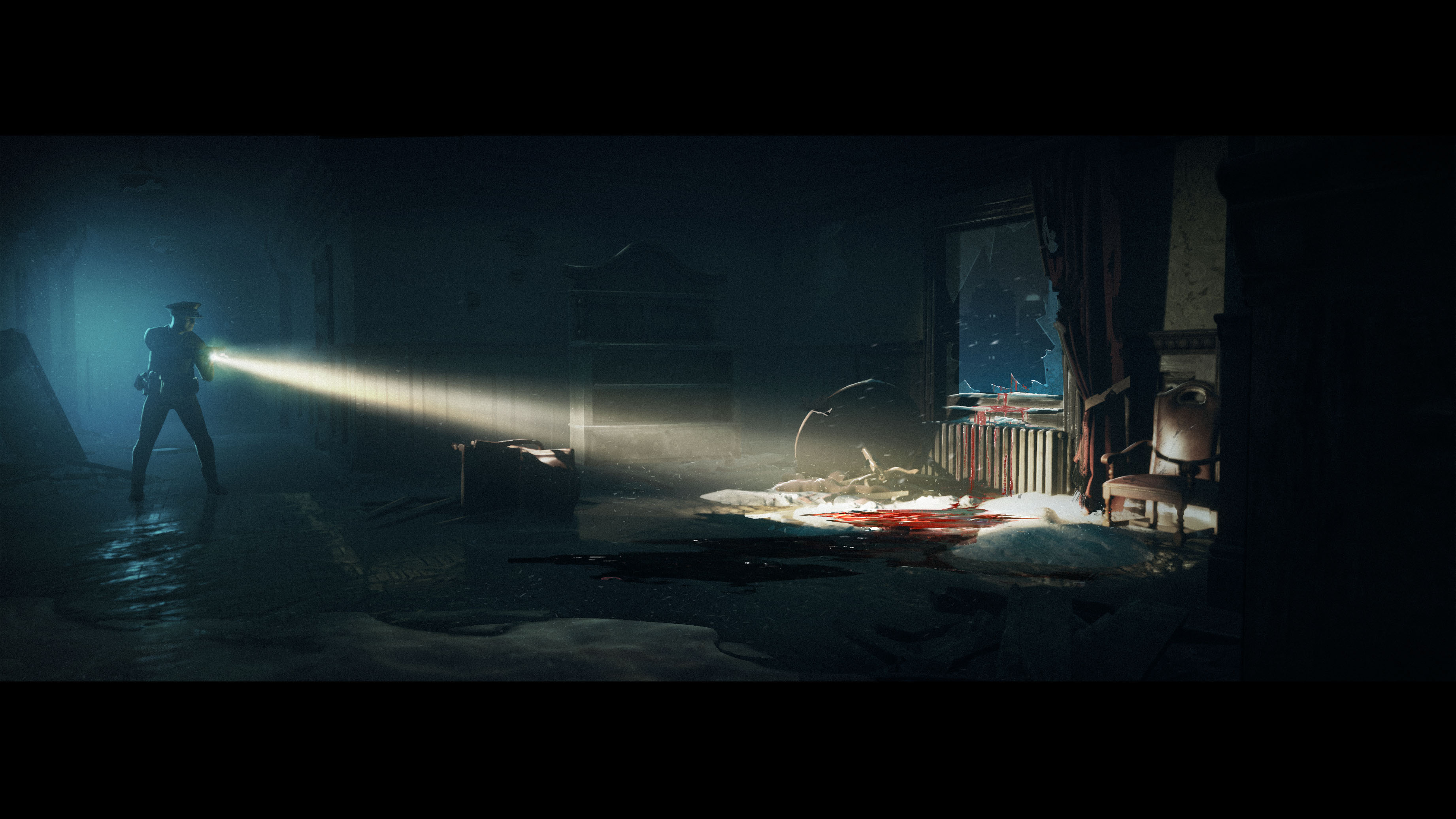
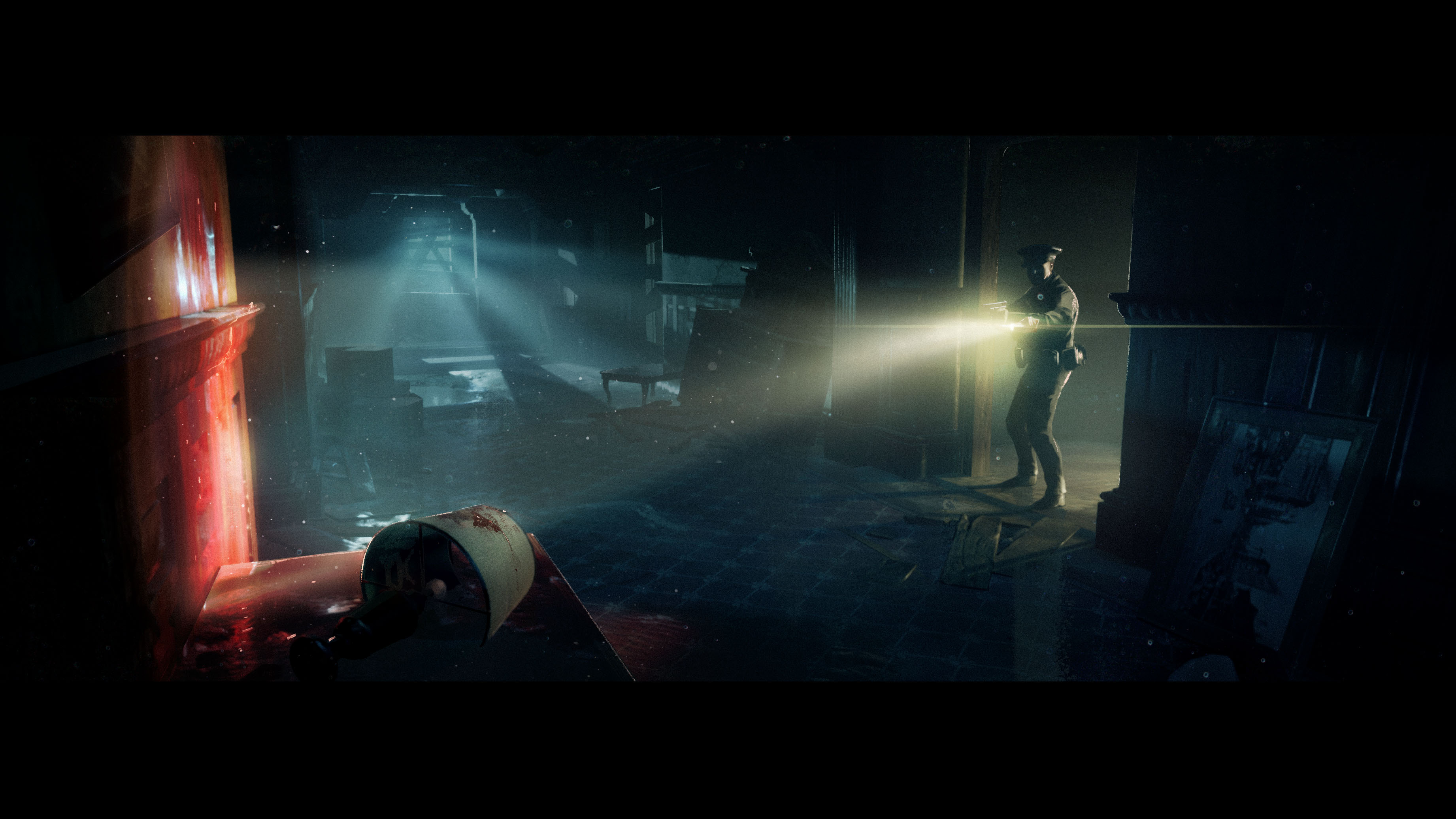
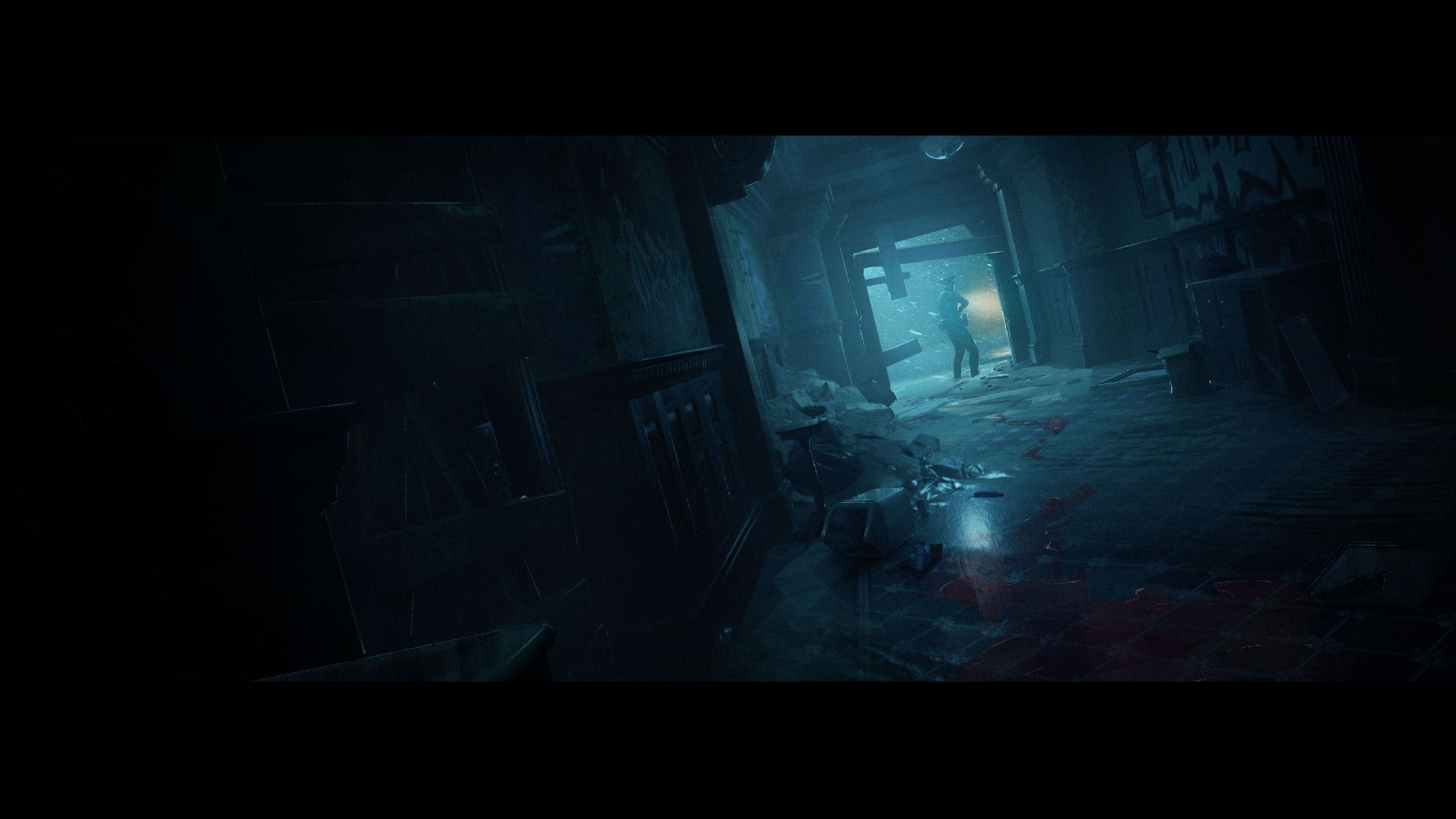
Paintover, Abandoned Building – Art: Michele Nucera
These pieces show a vampire haven under attack. We placed a lot of corpses and blood directly in Unreal and then did a paintover to add all the extra details we needed to sell the story and mood.

Paintover, Vampire Haven – Art: Jordan Grimmer
I think that creating concepts in Unreal is the future of Concept Art. A lot of Concept Artists are expanding their skill set to learn this fantastic tool. Being able to create a real-time scene that your directors can navigate and give you live feedback is priceless and it makes the game better.
We’ll be back in another two weeks, but this time with a Video Diary where we will summarise the content from our latest Dev Diaries. If you have any questions relating to the first four dev diaries, feel free to send them to us on Discord and we’ll try to answer as many as we can.
The first thing we keep in mind is the Bloodline 2 art direction. We want to create a foggy, dark, and neo-noir environment where the player can hide and attack from the shadows. The perfect setting for a vampire!

Paintover, View of Seattle – Art: Jordan Grimmer
Our goal is to provide the 3D team with a few images to show them our idea for a location or a character. We try to keep our concepts grounded to the real world, but we try to push reality up to 11 (as our Art Director John McCormack always suggests) so the player can experience something unexpected and never seen before.
Why make concepts in Unreal?
Building worlds directly in the game engine is incredibly easy and fun. Thanks to our experience on other TCR titles, we had the chance to learn Unreal and experiment with a Concept Art pipeline to add this piece of software to our workflow.Bloodlines 2 was the perfect game to push our skills in Unreal to the next step. We had a huge asset library available in this game, including props, characters, and materials. The most logical step forward was to use Unreal to create our concepts rather than creating everything from scratch.
The fog system and the lighting in Unreal are much closer to reality than other real time engines, especially with the recent update to UE5. So this was the perfect tool to visualise our version of Seattle. We have built these underground scenes in Unreal 5, using a fog volume and lights with volumetric options active. Once the composition is approved we then rendered them and quickly painted over in Photoshop.


Paintover, Underground area – Art: Jordan Grimmer
The Creative Process
Before working on an environment, we usually receive a brief from Ben Matthews, Associate Art Director, who provides us with a rough idea of the environment he needs, together with some references. After spending some time searching for references we jump on Unreal and start working from a block-out scene done by the Level Design Team where we import our 3D assets and give “life” to their level.As always when designing, we start from the big shapes first and then place some provisional lighting and fog. Traditional concept art generally captures the world from one perspective and you have to start from scratch if you’re painting something from another angle. Choosing a good camera angle early on is important and we usually set up a few cameras so our art director can choose what shot works better for him and then we are good to go with the final touches.
Once the first pass gets approved, we then move onto detailing our scene and this is the most fun part. This stage feels like playing a real-life simulator game where you can create little dioramas and add storytelling to the scene. If needed, we create additional assets with Blender and then import them in Unreal Engine. For example, in this bathroom piece we have modelled the toilet and bath using Blender and then imported the assets in Unreal where you can easily assign materials to them.
Paintover, Abandoned Building Bathroom – Art: Isobel Hine
Finally, we render our scene using the high-resolution screenshot tool in Unreal, import the render passes in Photoshop, compose the scene and paint over it adding more details and pushing the mood even further.
We are also lucky that we can easily import 3D characters and plug specific animation loops onto them so our environment will instantly come to life! Here we have used our 3D model of a Hunter done by Kjartan Tysdal, Senior 3D Character Artist, to populate the scenes and add storytelling elements.

Paintover, Radio Tower Callout – Art: Jordan Grimmer



Paintover, Hunters Entering an Underground Area – Art: Michele Nucera
A Fresh way to make Concepts
If you are in a rush, you can skip the thumbnailing process and do it directly in 3D, also you can show a real-time 3D scene rather than one single image so it’s easier for Directors to have the right feeling of the space. Lastly, you can provide the 3D art team with your scenes so they have a base to work with when building the scenes for the actual game… if they can figure out how to deal with our very messy layers!The below concept shows the police looking for you in an abandoned building. To showcase this, we have built a few rooms and a corridor using our assets in Unreal Engine and then rendered a few shots to follow the story of this policeman looking for you. Since the scene was done in Unreal, the Art Director could easily navigate the space and experience the flow and mood of it.




Paintover, Abandoned Building – Art: Michele Nucera
Bloody Murder
Obviously this game contains a LOT of blood. We were lucky enough that the 3D Art Team provided us with a few blood decals to use directly in Unreal. We placed them in our scenes and lit them in an interesting way to enhance their shiny property, adding a slight hue of red light so the blood colour is not affected by the mood of the scene!These pieces show a vampire haven under attack. We placed a lot of corpses and blood directly in Unreal and then did a paintover to add all the extra details we needed to sell the story and mood.

Paintover, Vampire Haven – Art: Jordan Grimmer
I think that creating concepts in Unreal is the future of Concept Art. A lot of Concept Artists are expanding their skill set to learn this fantastic tool. Being able to create a real-time scene that your directors can navigate and give you live feedback is priceless and it makes the game better.
We’ll be back in another two weeks, but this time with a Video Diary where we will summarise the content from our latest Dev Diaries. If you have any questions relating to the first four dev diaries, feel free to send them to us on Discord and we’ll try to answer as many as we can.


